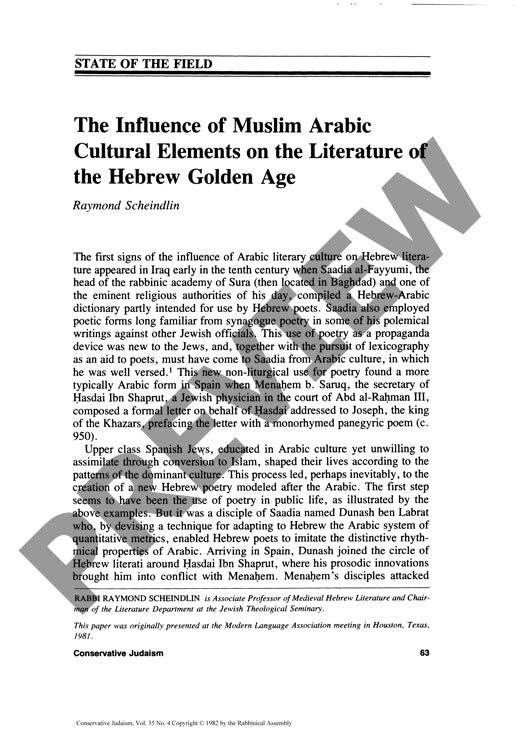The Influence of Muslim Arabic Cultural
Couldn't load pickup availability
Muslim Arabic literary culture revolutionized Hebrew poetry during the Golden Age (10th-12th centuries), catalyzing its transformation from purely liturgical verse into a sophisticated secular and religious tradition. The cultural exchange began in tenth-century Iraq, where Saadia al-Fayyumi pioneered the incorporation of Arabic literary elements into Hebrew works, before flowering in Muslim Spain under poets like Menahem b. Saruq and Dunash ben Labrat. Through literary analysis of poetic texts, biographical examination of key figures, and cultural-historical contextualization, a complex pattern emerges: Hebrew poets adopted Arabic prosodic systems and quantitative metrics while deliberately returning to biblical Hebrew as their linguistic model—a response to Arabic claims of cultural superiority. This synthesis introduced unprecedented secular themes including wine poetry, erotic verse, panegyrics, and philosophical meditations. Four major poets, including Shemuel ha-Nagid and Judah Halevi, exemplified the creative tension between Jewish religious identity and Arabic cultural assimilation. The influence persisted into the "Silver Age" in Christian Spain, where Hebrew literature continued evolving through Arabic-inspired translation movements and new genres like maqamat, ultimately forging a unique literary tradition that transformed Hebrew poetry while maintaining distinct Jewish cultural identity.

More Information
-
Physical Description
-
Publication Information
Published
ISBN
-
Publication Credits
Raymond Scheindlin

